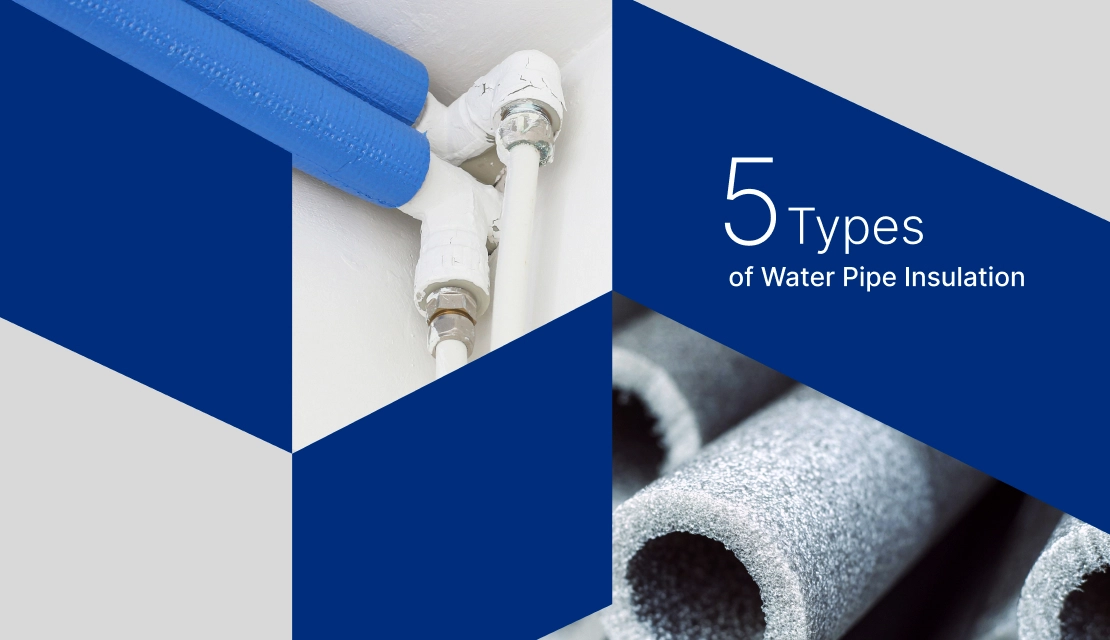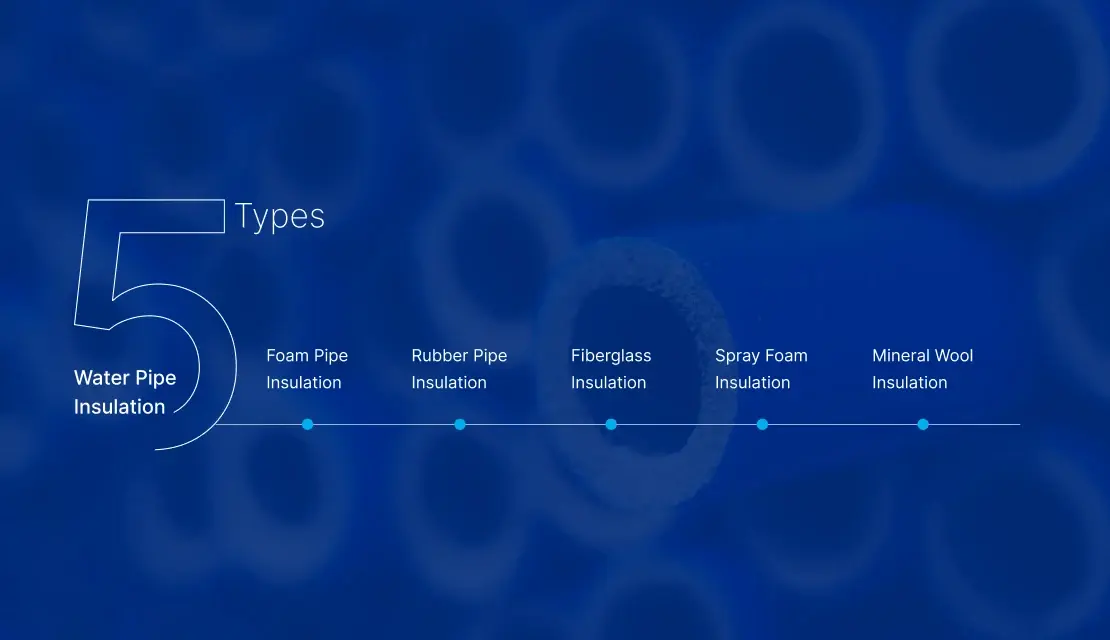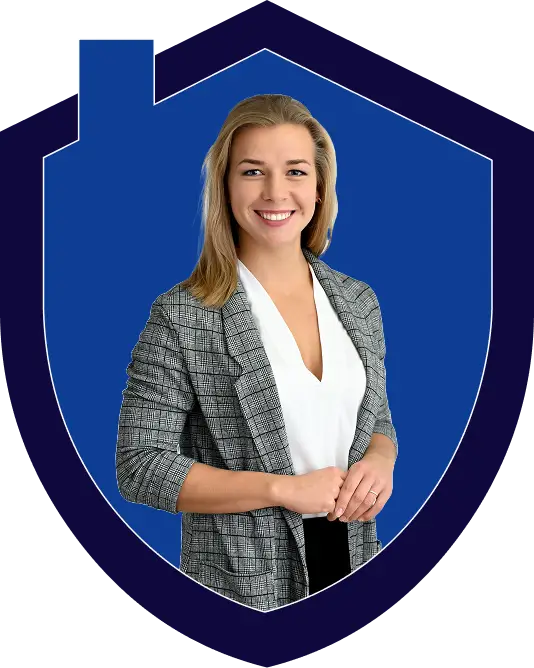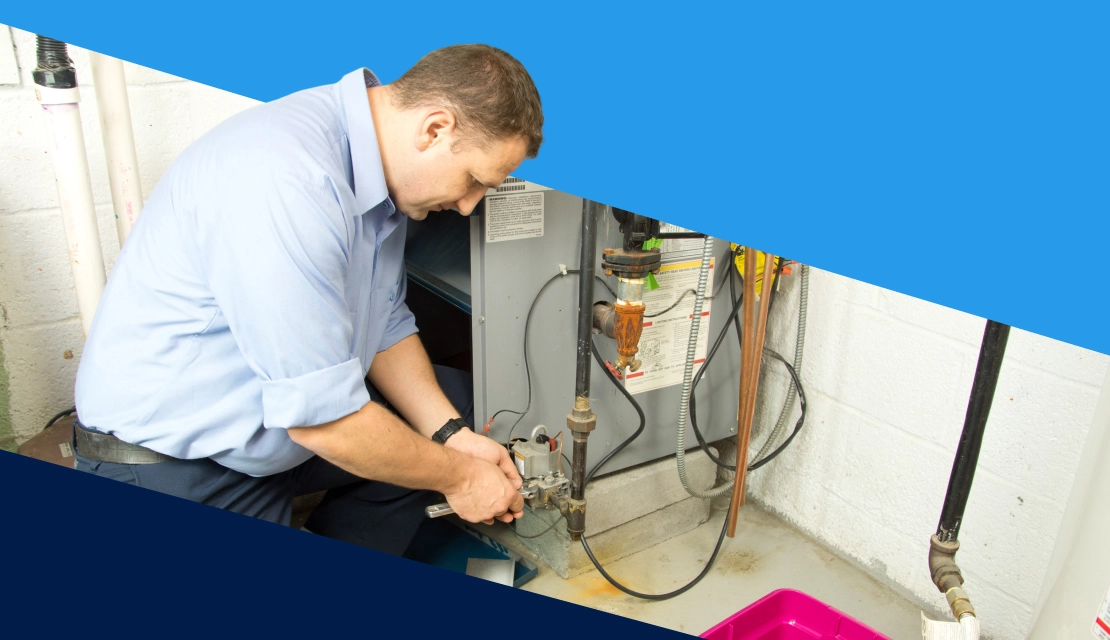
Ever seen a tiny crack flood an entire room? That’s what can happen when you skip water pipe insulation and winter rolls in like it owns the place.
It’s not just about cold weather, though. The insulation type you need depends on your location and the season you’re preparing for. The type of insulation you need depends on where you live and what season you are bracing for. It also varies based on the kind of pipes that are running through your walls.
The material that works great in a freezing Boston basement might be excessive for a mild Texas winter. From rubber sleeves to foam wraps, each option comes with its own strengths, weaknesses, and price tags.
Whether you are trying to keep pipes from bursting in the cold or prevent heat loss from hot water lines, there is a solution that fits.
So, how do you choose what is best for your setup? Here, we’ll break it all down with a side-by-side look at the top types of pipe insulation and how to make the smartest call for your home.
Insulating water pipes might not be at the top of your mind, but it should be. This small upgrade comes with big-time benefits for your home’s efficiency, safety, and comfort. These are:

Foam pipe insulation is most preferred for homeowners who want a quick and affordable solution to protect their pipes. Made of flexible polyethylene or rubber-based material, foam sleeves are lightweight, easy to cut, and a breeze to install. Moreover, its built-in adhesive strip enables seamless sealing.
It is suitable for insulating both hot and cold water pipes, but it shines brightest when used on low-temperature or cold water lines. “In colder regions, pipes face higher risks of freezing and bursting during winter. This is why many homeowners also consider a home warranty in Dallas to safeguard their plumbing system. Combining proper insulation with warranty coverage gives extra peace of mind when temperatures drop.
When to Choose This Type
If you are a DIY enthusiast or just trying to keep your budget in check, you can consider foam insulation. It is ideal for insulating cold water pipes, outdoor faucets, and those tricky indoor spots that are prone to condensation buildup. No special tools or proactive gear are required. Just cut, wrap, and seal.
How much does it cost?
Expect to spend anywhere from $0.20 to $1.35 per linear foot. The cost also depends on quality and size.
| Pros | Cons |
| Budget-friendly | Less effective on high-temperature hot water lines |
| Easy to install | Some variants need additional fireproof coating |
| Flexible and mold resistant | Moisture protection varies by type |
| Works with copper & PVC | Not the most durable in extreme heat |
Rubber insulation is a strong contender for both hot and cold water pipes. Its flexibility and durability make it a great choice for residential plumbing, especially in areas where bends or odd angles make installation tricky. Rubber insulation is compatible with copper, PVC, and iron pipes. Hence, it is a go-to option when you need a bit of stretch and resilience in your materials.
When to Choose This Type
Rubber insulation stands out in tight spots, think corners, elbows, and hard-to-reach areas where rigid materials won’t cut it. As it bends easily and maintains its shape, it is ideal for DIYers and pros dealing with awkward plumbing layouts. Plus, there is no need for special fittings like tees or elbows; you can cut it to fit just right.
How much does it cost?
Expect to pay around $0.90 to $1.45 per linear foot, putting it between foam and fiberglass in terms of cost. It’s not the cheapest, but the ease of use and performance often justify the price tag.
| Pros | Cons |
| Super flexible and versatile | Slightly more expensive than foam |
| Works well with copper, iron pipes, and PVC | May release VOCs during installation |
| Suitable for both plumbing and HVAC lines | Can be harder to find in some hardware stores |
| Resists condensation and has fire-rated options | Not as long-lasting as other premium insulation types |
| Easy to cut and customize for tight spots | Installation in large areas may take more effort |
Fiberglass is one of the more heavy-duty water pipe insulation options out there, especially when you need serious heat resistance. Its dense composition makes it a great choice for preventing heat loss, particularly in exposed areas like garages, basements, or attics.
When to Choose This Type
If your pipes carry very hot water or run through places where summer heat gets intense, fiberglass is a top performer. It is also smart for homeowners looking to add a layer of fire resistance to their plumbing system.Just remember: it’s a bit stiffer than other materials, so it may not be ideal for tight bends or DIYers looking for something ultra-flexible.
How much does it cost?
You will find fiberglass insulation priced between $0.30 and $1.50 per linear foot. The cost primarily depends on the thickness and whether you choose tubular or wrap format. Though it is priced higher than foam, you get more heat protection in return.
| Pros | Cons |
| Excellent at holding heat for hot pipes | More expensive than foam or rubber |
| Fire-resistant and great for high-temp areas | Can be itchy or irritating if not handled with care |
| Works with both hot and cold pipe systems | Not as flexible for tight spaces |
| Available in wrap and pre-formed tube options | Loses effectiveness if it absorbs moisture |
This type of water pipe insulation is exactly what it sounds like, an expandable foam you spray directly onto your pipes. It starts off liquid and rapidly expands to form a firm insulating layer. This method is perfect for unique or irregular pipe layouts where traditional pipe sleeves fall short. Plus, it’s flexible enough to handle the natural expansion of heated copper pipes.
When to Choose This Type
Best for those hard-to-insulate spaces like crawlspaces, wall cavities, or around oddly-shaped bends. Closed-cell foam is particularly helpful in high-humidity or condensation-prone environments.
How much does it cost?
Typically ranges from $1.25 to $1.50 per square foot. This includes either open-cell or closed-cell varieties. Open-cell foam is more budget-friendly but less moisture-resistant, while closed-cell foam offers better insulation and water protection at a slightly higher price.
| Pros | Cons |
| Great for odd-shaped or tight spaces | Can release VOCs depending on the material |
| Reduces noise and adds insulation value | Not ideal for PVC or CPVC |
| Durable and long-lasting | It can be messy to apply |
| Excellent moisture resistance (closed-cell) | The open-cell type isn’t water-resistant |
Mineral wool’s natural composition comes from melting natural rock and spinning it into fine fibers, which is why it’s often referred to as rock wool. It is similar to fiberglass but goes a step further in heat resistance. It handles extremely high temperatures and is naturally fire-resistant, making it a top pick for safety-conscious homeowners.
When to Choose This Type
Great for high-heat environments and around noisy HVAC systems. It is ideal if you are insulating older systems or want insulation that can take the heat, literally.
How much does it cost?
Mineral wool runs between $1.40 and $2.10 per square foot, making it one of the more premium insulation types. However, the added fire resistance, energy savings, and acoustic benefits often justify the investment.
| Pros | Cons |
| Fire-safe and thermally efficient | Higher price point |
| Sound-dampening properties | EPA warns about inhalation risk from some fibers |
| Sustainable and eco-friendly | PPE is a must for safe handling and installation |
| Repels water and resists mold | Not as widely available as other types |
Thinking of insulating water pipes on your own? It is easier than you think. With a few tools and a little time, you can do it yourself.

And it’s done!
A few simple steps, and your pipes are now ready for temperature swings and energy efficiency.
Choosing material for water pipe insulation starts with three key questions:
Where are your pipes?
What are they made of?
And why do you want to insulate them?
Outdoor pipes or those in cold spots like crawl spaces need strong insulation with a high R-value to guard against frozen pipes.
Next, you need to check what kind of pipes you are working with. Copper, PVC, and PEX all react differently to temperature changes and require different insulation types.
Finally, think about the result you are after: heat retention, noise reduction benefits, or condensation control. For example, foam is great for reducing moisture, while fiberglass works well for heat.
It’s okay if you are not sure. You can seek help from a professional to pick the right material and make sure everything is installed the right way.
When it comes to home improvements, water pipe insulation is one of the impactful ways to ensure comfort and avoid plumbing headaches. Whether you are fighting off winter freezes, cutting back on energy use, or silencing noisy pipes, the right insulation pays off. And let us not forget that it is also great for the environment.
Match the material as per your need: your pipe type, climate, and goals, and you are good to go. With options ranging from easy foam sleeves to durable fiberglass or rubber, protecting your pipes is easier than ever.

Don’t wait until it’s too late! Check out our current plans and get your free quote.

Home Warranty
You've saved for the down payment. You're pre-approved for a mortgage. The house is perfect, and you're ready to sign on the dotted line. But there is one thing that..

Household Tips
Overhead fans are a staple fixture in most homes and a great way to keep your home’s temperature regulated. Of course, a clean and well-maintained ceiling fan works wonders for..

Household Tips
If your heat suddenly cuts out during a cold night, knowing how to replace a furnace ignitor can save you time and worry. Many homeowners try simple DIY repairs when..